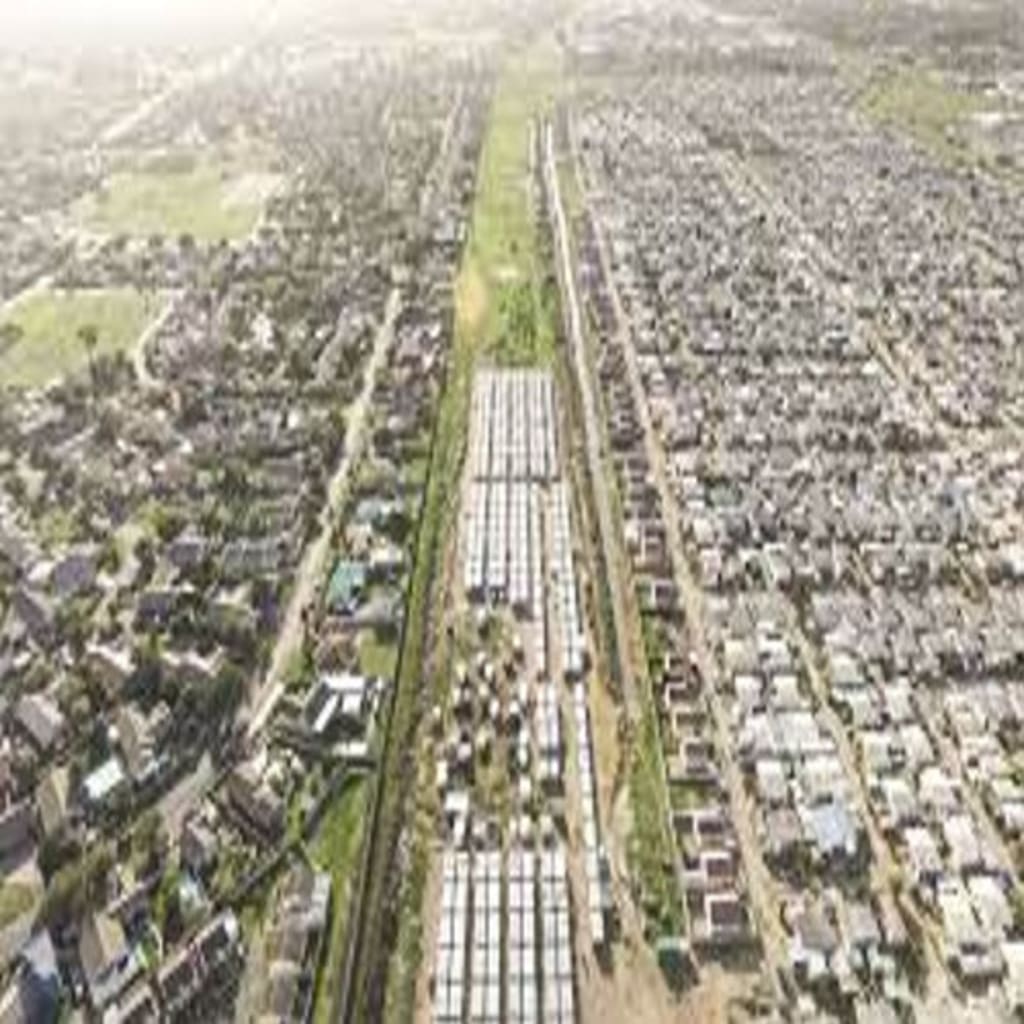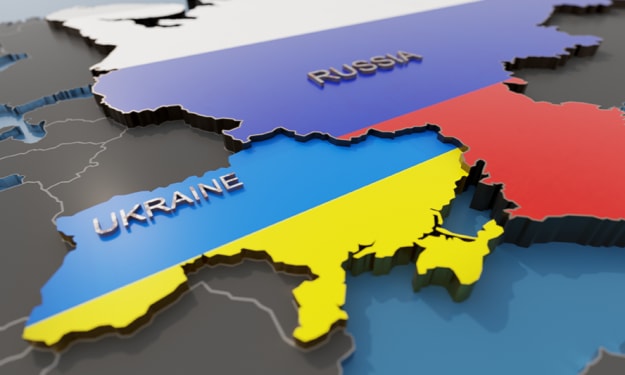
The strip of land that separates the beachside community of Strand from the township of Nomzamo in Cape Town, South Africa, is more than just a geographical divide. Despite being just a few meters apart, the people living on each side of this line lead vastly different lives. Strand boasts spacious backyards and driveways, while Nomzamo is densely populated. Basic services are scarcer in Nomzamo, with less piped water and limited internet access. Furthermore, the racial composition on either side of the divide is striking, with Nomzamo being predominantly Black, while the area across the line is predominantly white. These divisions, represented by dots on a map, are not unique to this location but are pervasive throughout Cape Town and much of South Africa.
Zooming out to view the entire city, the pattern becomes even more evident. Racial segregation is deeply ingrained, with the color of one's skin often determining where they live and, subsequently, their quality of life. This segregation is not a recent phenomenon but rather a legacy that stretches back centuries.
The roots of South Africa's racial division can be traced back to the 1600s when the Dutch established control over the southern tip of Africa, primarily to supply ships traveling along the trade route to Asia with food. Over 150 years later, the British seized control and named the region the "Cape Colony." Dutch colonists, seeking to escape British rule and continue exploiting enslaved people, moved further inland. Both the Dutch and the British utilized Cape Colony for strategic trade purposes rather than its economic significance at the time.
However, in the 1870s, the discovery of diamonds in Cape Colony led to a significant shift in its importance. To extract these valuable resources and access the global diamond market, the British constructed railways connecting the mines to the coastal port city of Cape Town. This transformation positioned the railway as the cornerstone of Cape Colony's economy, furthering the economic disparities between regions.
The green areas on a map highlight the Black regions of Cape Colony, which were largely excluded from the benefits of the railway economy, perpetuating racial inequality tied to geographic location. To reinforce this inequality, the colonial government introduced legislation promoting segregation. The Natives Land Act of 1913 confined Black people to only eight percent of South Africa's land, limiting their land ownership rights elsewhere and relocating them to the outskirts of major cities to serve the white population.
Cape Town's expansion due to increased trade resulted in the development of a neighborhood called District Six, where former enslaved people, merchants, artists, and immigrants formed a diverse and thriving community. However, this prosperity would be short-lived. In 1934, as Britain's influence waned and the descendants of Dutch colonists took control, District Six was declared a whites-only area. Bulldozers razed the neighborhood to the ground, forcibly displacing over 60,000 residents and leaving a trail of trauma and destruction.
This violent expulsion of non-white communities was not isolated but rather emblematic of the apartheid system that solidified between 1949 and 1971. The apartheid regime passed 148 laws institutionalizing segregation. The Population Registration Act of 1950 officially classified people by race, with the categories of white, colored, native (or Black), and eventually, Asian. Laws were enacted to dictate where people could live, leading to the creation of homelands or "bantustans" for Black South Africans—rural areas with underdeveloped economies. Meanwhile, in cities like Cape Town, the Group Areas Act separated non-whites into urban areas with limited access to prime land and resources.
In 1966, District Six, once a thriving integrated community, was designated as a whites-only area, and its residents were forcibly removed from their homes. Similar acts of violence and dispossession were widespread across the country, perpetuating a legacy of racial division.
After decades of internal and international pressure, apartheid rule finally ended, and restrictions on residence were lifted. Millions of people who had been excluded from economic development for centuries migrated to major cities, seeking basic services and economic opportunities. These migrants settled in areas with available land, creating townships on the outskirts of cities like Cape Town. The government responded by building millions of homes and expanding access to clean water and electricity. However, an unintended consequence was that these public housing projects were primarily located on the periphery of the city, inadvertently reproducing the spatial inequality of apartheid.
Today, approximately 60% of Cape Town's predominantly Black population lives in these townships on the city's edge. Interestingly, Cape Town's City Center has available land for development, but its prime location makes it valuable for private developers, resulting in the construction of luxury apartments worth nearly a billion dollars along the coast. Remarkably, District Six, situated in the heart of Cape Town amidst these high-end developments, has remained largely untouched. Former residents have successfully resisted private development, and some have even returned to houses built by the city.
Nonetheless, hundreds of claimants are still awaiting the opportunity to return to District Six, highlighting the ongoing struggle to address the historical injustices of colonialism and apartheid. While apartheid and colonial rule may have officially ended, many of the barriers they erected continue to impact South Africa today.
The story of racial segregation in Cape Town and South Africa is deeply rooted in history but remains intertwined with the present. Apartheid and colonialism may have officially ended, but the legacy of these systems persists, manifesting in the enduring spatial and racial inequalities that continue to shape the lives of South Africans. Healing these wounds and dismantling the barriers created by centuries of oppression remains an ongoing challenge for the nation. It requires a collective effort to confront the intergenerational consequences of colonialism and apartheid and to build a more just and equitable future for all South Africans.
About the Creator
Enjoyed the story? Support the Creator.
Subscribe for free to receive all their stories in your feed. You could also pledge your support or give them a one-off tip, letting them know you appreciate their work.





Comments
There are no comments for this story
Be the first to respond and start the conversation.